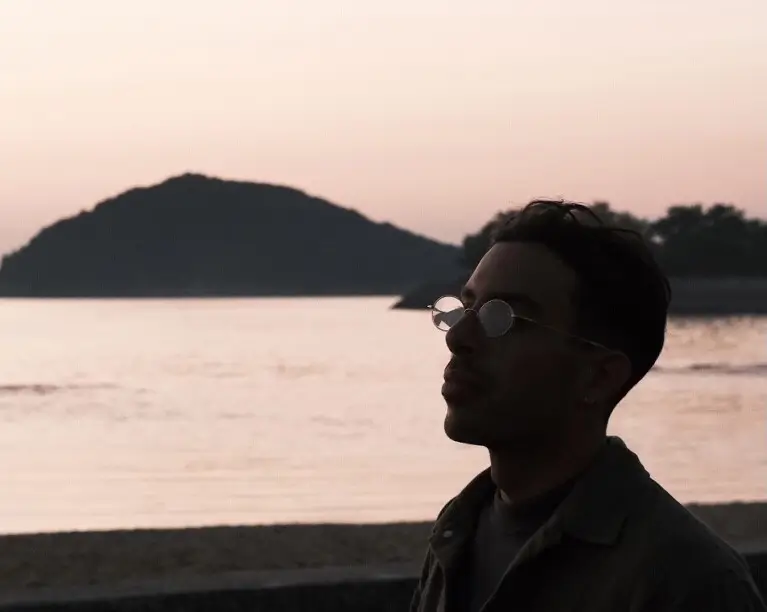At the age of 17, equipped with a Pentax film camera his father gave him, he embarked on a journey for the sole purpose of photography. This journey also took him to Japan (2019), which eventually became his home.
Sela's photographs express sentimental and magical emotions at the same time. His photographs are a means of connecting with a different, distant Japanese reality, but which are also very intimate. He photographs the touch of light on skin, paying attention to the elements of geometry, allusion, romance, fragility, aesthetics, humanity, and more.
Text by Dr. Etty Glass Gisis, Chief Curator at the Tikotin Museum of Japanese Art (Haifa, Israel)
Artist Statement:
Over the years, my camera became less a tool for documenting and more a way of pausing ― not to explain the world, but to step quietly within it. I kind myself inspired by the ideas of wabi, soft light, and timelessness.
My images are not meant to explain or document, but to create space — unspoken, open, and reflective. It is this silence that allows the viewer to look, pause, and experience something personal within the frame. For me, a photograph rarely speaks ― It listens.
